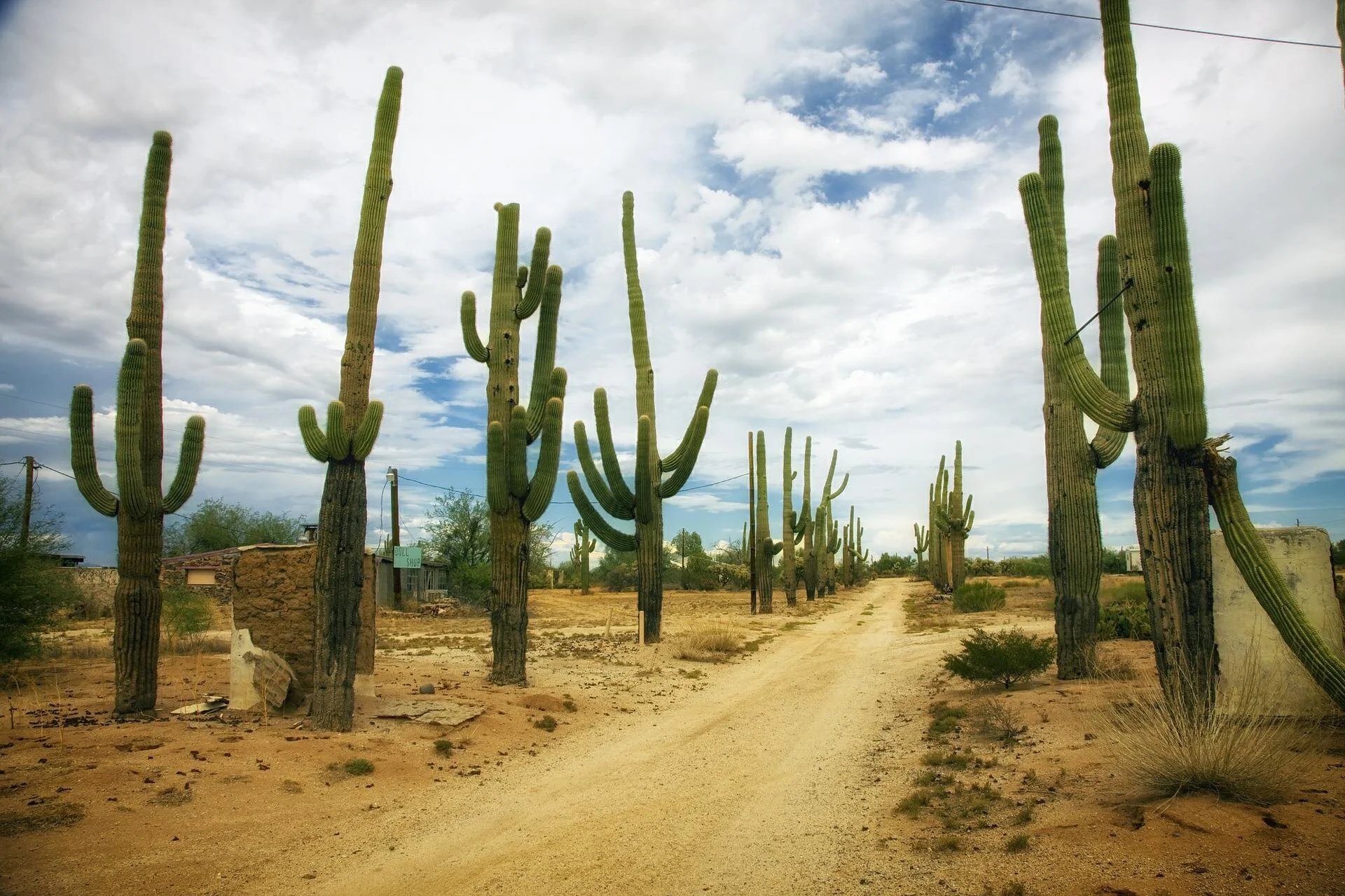The laws of thermodynamics dictate that a warmer atmosphere can hold more water vapor, but new research has found that atmospheric moisture has not increased as expected over arid and semi-arid regions of the world as the climate has warmed.
The findings are particularly puzzling because climate models have been predicting that the atmosphere will become more moist, even over dry regions. If the atmosphere is drier than anticipated, arid and semi-arid regions may be even more vulnerable to future wildfires and extreme heat than projected.
The authors of the new study, led by the U.S. National Science Foundation National Center for Atmospheric Research (NSF NCAR), are uncertain what’s causing the discrepancy.
“The impacts could be potentially severe,” said NSF NCAR scientist Isla Simpson, lead author of the study. “This is a global problem, and it’s something that is completely unexpected given our climate model results.”



yeah, not surprised. just bc it can hold more moisture, doesn’t mean there is a increased rate of vaporization to fill the new capacity.
my guess is that the rate of vaporization is dropping in the drier regions.
I’d also argue that what makes a desert a desert still applies in most cases. Often times a desert is in the “rain shadow” of a different geological feature such as mountains. There may be more moisture in the atmosphere, but the same traps are preventing it from moving into those areas and keeping it in the same areas as before.
In addition, deserts being harsh means more work for other plants that raise/lower abeido to adapt and move in. More water doesn’t mean healthier soil immediately. It’ll take generations of steps.